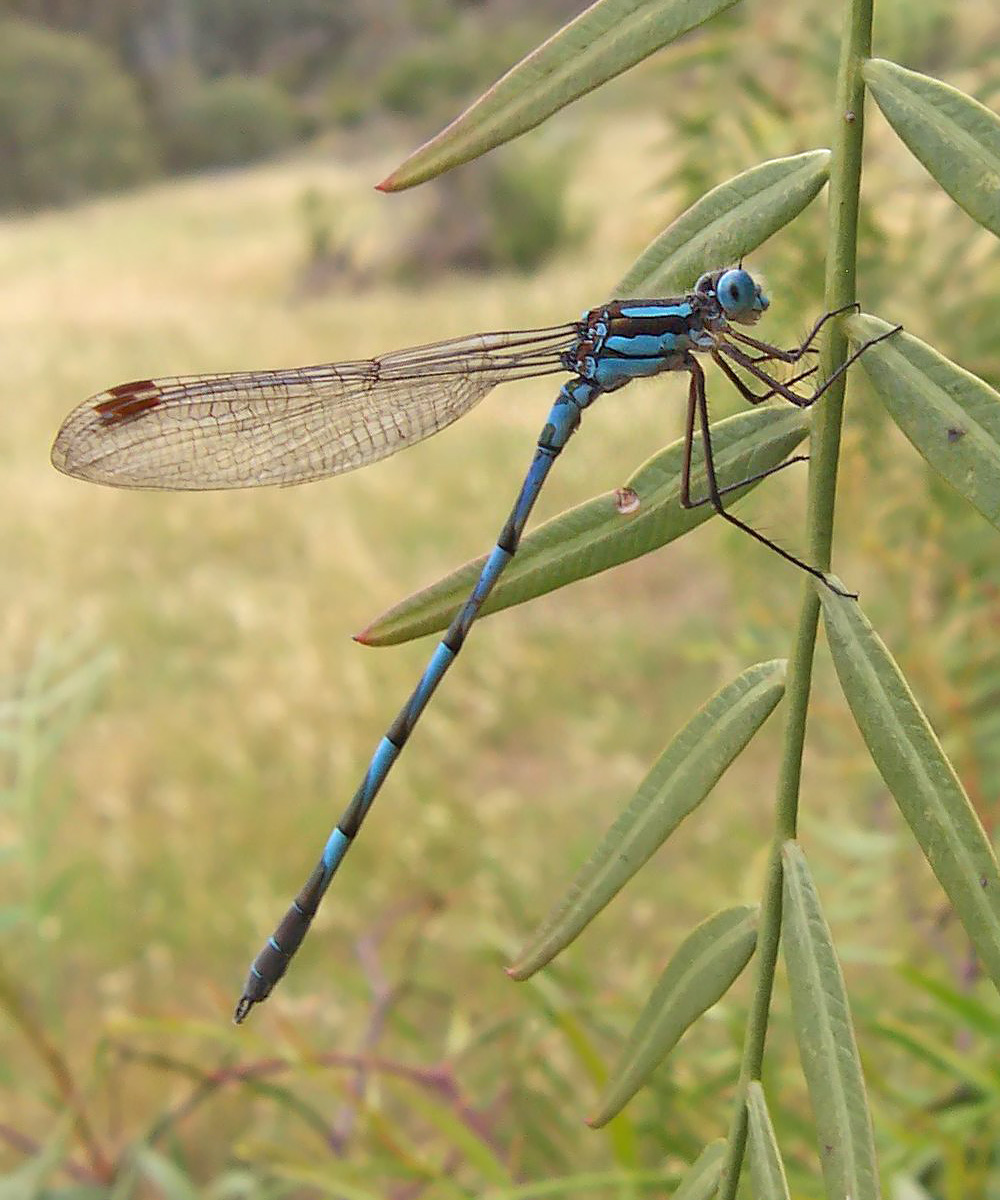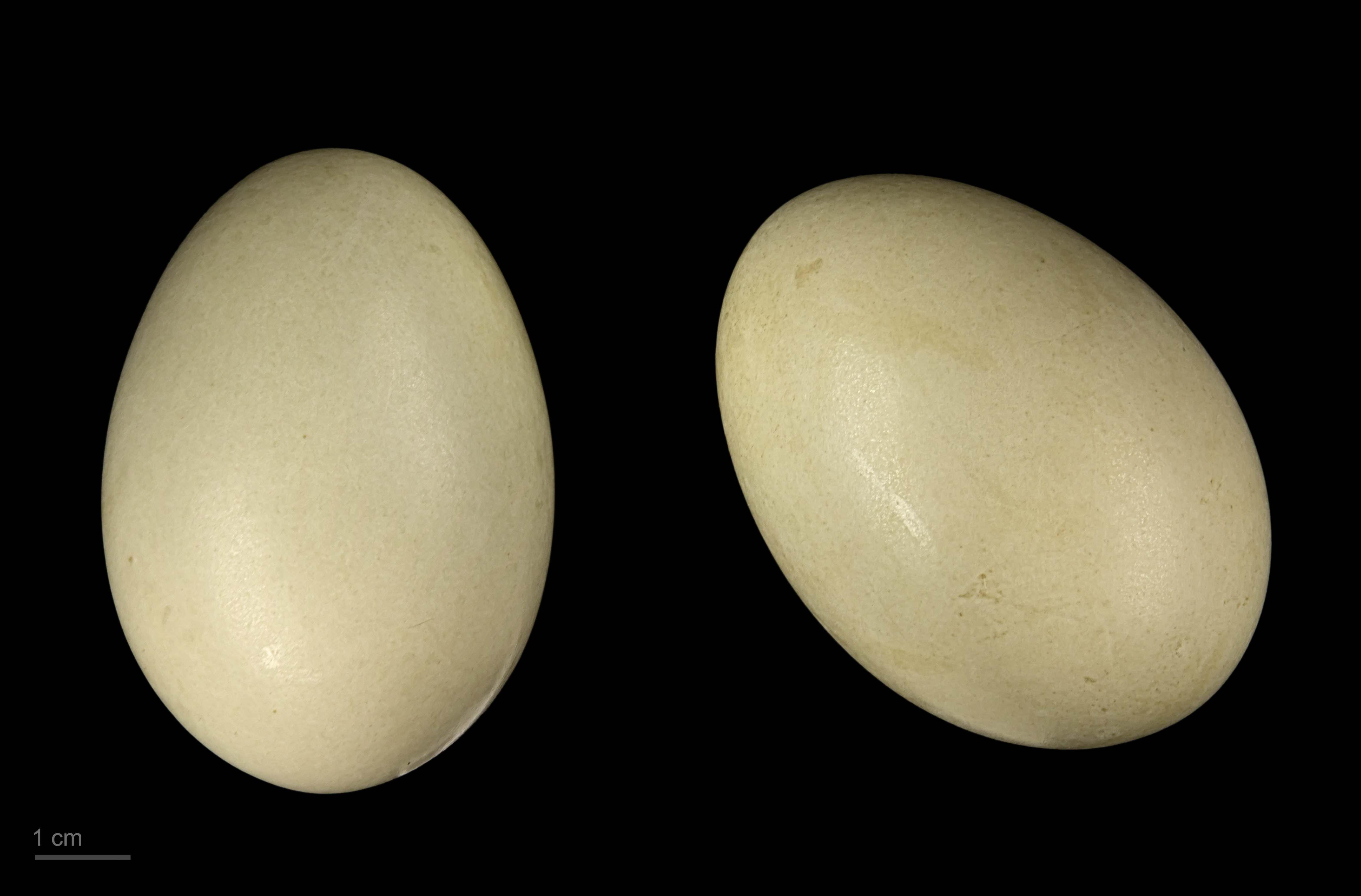|
Woolston Eyes
Woolston Eyes is a Site of Special Scientific Interest located in the town of Warrington, England, alongside the Manchester Ship Canal. The eyes themselves are used for the deposition of dredgings from the Ship Canal under a Waste Management Licence issued by the Environment Agency. The Woolston Eyes Conservation Group manages the site as a nature reserve with access by permit only. The rather strange name for the site is from Anglo-Saxon, ''ees'' meaning the land near a loop in a river. Wildlife It is the premier UK site for breeding black-necked grebes and a stronghold for the willow tit, and other breeding birds include little grebe, great crested grebe, shelduck, Eurasian teal, Northern shoveler, water rail, common cuckoo The cuckoo, common cuckoo, European cuckoo or Eurasian cuckoo (''Cuculus canorus'') is a member of the cuckoo order of birds, Cuculiformes, which includes the Geococcyx, roadrunners, the ani (bird), anis and the coucals. This species is a widesp ... [...More Info...] [...Related Items...] OR: [Wikipedia] [Google] [Baidu] |
Warrington
Warrington () is an industrial town in the Borough of Warrington, borough of the same name in Cheshire, England. The town sits on the banks of the River Mersey and was Historic counties of England, historically part of Lancashire. It is east of Liverpool and the same distance west of Manchester. The population in 2021 was recorded as 174,970 for the built-up area and 210,900 for the wider borough, the latter being more than double that of 1968 when it became a New towns in the United Kingdom, new town. Warrington is the largest town in the ceremonial county of Cheshire. Warrington was founded by the Roman Britain, Romans at an important crossing place on the River Mersey. A new settlement was established by the Saxons, Saxon Wærings. By the Middle Ages, Warrington had emerged as a market town at the lowest bridging point of the river. A local tradition of textile and tool production dates from this time. The expansion and urbanisation of Warrington coincided with the Industr ... [...More Info...] [...Related Items...] OR: [Wikipedia] [Google] [Baidu] |
Common Kingfisher
The common kingfisher (''Alcedo atthis''), also known as the Eurasian kingfisher and river kingfisher, is a small kingfisher with seven subspecies recognized within its wide distribution across Eurasia and North Africa. It is resident in much of its range, but migrates from areas where rivers freeze in winter. This sparrow-sized bird has the typical short-tailed, large-headed kingfisher profile; it has blue upperparts, orange underparts and a long bill. It feeds mainly on fish, caught by diving, and has special visual adaptations to enable it to see prey under water. The glossy white eggs are laid in a nest at the end of a burrow in a riverbank. Taxonomy The common kingfisher was first described by Carl Linnaeus in the 10th edition of his ''Systema Naturae'' in 1758 as ''Gracula atthis''. The modern binomial name derives from the Latin ', 'kingfisher' (from Greek , '), and ''Atthis'', a beautiful young woman of Lesbos, and favourite of Sappho. The genus '' Alcedo'' compri ... [...More Info...] [...Related Items...] OR: [Wikipedia] [Google] [Baidu] |
Lakes And Reservoirs Of Cheshire
A lake is often a naturally occurring, relatively large and fixed body of water on or near the Earth's surface. It is localized in a depression (geology), basin or interconnected basins surrounded by dry land. Lakes lie completely on land and are separate from the ocean, although they may be connected with the ocean by rivers. Lakes, as with other bodies of water, are part of the water cycle, the processes by which water moves around the Earth. Most lakes are fresh water and account for almost all the world's surface freshwater, but some are salt lakes with salinities even higher than that of seawater. Lakes vary significantly in surface area and volume of water. Lakes are typically larger and deeper than ponds, which are also water-filled basins on land, although there are no official definitions or scientific criteria distinguishing the two. Lakes are also distinct from lagoons, which are generally shallow tidal pools dammed by sandbars or other material at coastal regions ... [...More Info...] [...Related Items...] OR: [Wikipedia] [Google] [Baidu] |
Sites Of Special Scientific Interest In Cheshire
Site most often refers to: * Archaeological site * Campsite, a place used for overnight stay in an outdoor area * Construction site * Location, a point or an area on the Earth's surface or elsewhere * Website, a set of related web pages, typically with a common domain name It may also refer to: * Site, a National Register of Historic Places property type * SITE (originally known as ''Sculpture in the Environment''), an American architecture and design firm * Site (mathematics), a category C together with a Grothendieck topology on C * ''The Site'', a 1990s TV series that aired on MSNBC * SITE Intelligence Group, a for-profit organization tracking jihadist and white supremacist organizations * SITE Institute, a terrorism-tracking organization, precursor to the SITE Intelligence Group * Sindh Industrial and Trading Estate, a company in Sindh, Pakistan * SITE Centers, American commercial real estate company * SITE Town, a densely populated town in Karachi, Pakistan * S.I.T.E Indust ... [...More Info...] [...Related Items...] OR: [Wikipedia] [Google] [Baidu] |
Odonata
Odonata is an order of predatory flying insects that includes the dragonflies and damselflies (as well as the '' Epiophlebia'' damsel-dragonflies). The two major groups are distinguished with dragonflies (Anisoptera) usually being bulkier with large compound eyes together and wings spread up or out at rest, while damselflies (suborder Zygoptera) are usually more slender with eyes placed apart and wings folded together along body at rest. Adult odonates can land and perch, but rarely walk. All odonates have aquatic larvae called naiads or nymphs, and all of them, larvae and adults, are carnivorous and are almost entirely insectivorous, although at the larval stage they will eat anything that they can overpower, including small fish, tadpoles, and even adult newts. The adults are superb aerial hunters and their legs are specialised for catching prey in flight. Odonata in its narrow sense forms a subgroup of the broader Odonatoptera, which contains other dragonfly-like insects ... [...More Info...] [...Related Items...] OR: [Wikipedia] [Google] [Baidu] |
Natterjack Toad
The natterjack toad (''Epidalea calamita'') is a toad native to sandy and heath (habitat), heathland areas of Europe and the United Kingdom. Adults are in length, and are distinguished from common toads by a yellow line down the middle of the back and parallel paratoid glands. They have relatively short legs, which gives them a distinctive gait, contrasting with the hopping movement of many other toad species. Natterjacks have a very loud and distinctive mating call amplified by the single vocal sac found under the chin of the male. Life history Natterjacks live for up to 15 years, and feed mainly on insects, especially beetles. At night, they move around open terrain with sparse vegetation, and their tracks can often be seen in loose sand. They move considerable distances each night, enabling the species to colonize new habitats very quickly. Reproduction The natterjack toad spawns between the end of April and July, laying strings of eggs in shallow, warm pools. Because ... [...More Info...] [...Related Items...] OR: [Wikipedia] [Google] [Baidu] |
Smooth Snake
The smooth snake (''Coronella austriaca'')Street D (1979). ''The Reptiles of Northern and Central Europe''. London: B.T. Batsford Ltd. 268 pp. . is a species of non-venomous snake in the family Colubridae. The species is found in northern and central Europe, but also as far east as northern Iran. The Reptile Database recognizes two subspecies as being valid, including the nominotypical subspecies described here. Description Both sexes of ''C. austriaca'' grow to an average total length (including tail) of about to . Two specimens measuring have been recorded in Sweden, as well as one in Russia that was . The head has a rostral scale that is at least as deep as it is wide, creating a triangular indentation between the internasal scales (rarely separating them). The top of the head is covered with nine large plates. The nasal scale is often divided. There is one (rarely two) preoculars and two postoculars. The temporals number 2+2 or 2+3 (rarely 1+2). There are seven (rarely ... [...More Info...] [...Related Items...] OR: [Wikipedia] [Google] [Baidu] |
Herpetofauna
Herpetology (from Ancient Greek ἑρπετόν ''herpetón'', meaning "reptile" or "creeping animal") is a branch of zoology concerned with the study of amphibians (including frogs, salamanders, and caecilians (Gymnophiona)) and reptiles (including snakes, lizards, turtles, crocodilians, and tuataras). Birds, which are cladistically included within Reptilia, are traditionally excluded here; the separate scientific study of birds is the subject of ornithology. The precise definition of herpetology is the study of ectothermic (cold-blooded) tetrapods. This definition of "herps" (otherwise called "herptiles" or "herpetofauna") excludes fish; however, it is not uncommon for herpetological and ichthyological scientific societies to collaborate. For instance, groups such as the American Society of Ichthyologists and Herpetologists have co-published journals and hosted conferences to foster the exchange of ideas between the fields. Herpetological societies are formed to promote in ... [...More Info...] [...Related Items...] OR: [Wikipedia] [Google] [Baidu] |
Common Pochard
The common pochard (; ''Aythya ferina''), known simply as pochard in the United Kingdom, is a medium-sized diving duck in the family Anatidae. It is widespread across the Palearctic. It breeds primarily in the steppe regions of Scandinavia and Siberia, and winters further south and west. Taxonomy and systematics Swedish taxonomist Carl Linnaeus first assigned a scientific name to the common pochard in the tenth edition of his landmark treatise Systema Naturae; this was the first edition which included such names. He called the duck ''Anas ferina''. In 1822, German zoologist Friedrich Boie created the genus '' Aythya'' for various diving ducks, and moved the common pochard to that new genus. Uptake of ''Aythya'' as the genus for the common pochard was mixed for much of the next century, with some authors leaving the duck in the genus ''Anas'' or assigning it to various other now-defunct genera instead. The common pochard is considered a superspecies with the canvasback. In the ... [...More Info...] [...Related Items...] OR: [Wikipedia] [Google] [Baidu] |
Gadwall
The gadwall (''Mareca strepera'') is a common and widespread dabbling duck in the family Anatidae. Taxonomy The gadwall was first described by Carl Linnaeus in his landmark 1758 10th edition of ''Systema Naturae''. DNA studies have shown that it is a sister species with the falcated duck; the two are closely related to the three species of wigeons, and all of them have been assigned to the genus '' Mareca''. There are two subspecies: * ''M. s. strepera'', the common gadwall, described by Linnaeus, is the nominate subspecies. * ''M. s. couesi'', Coues's gadwall, extinct 1874, was formerly found only on Teraina, a coral atoll in the Pacific Ocean. The specific name ''strepera'' is Late Latin for "noisy". The etymology of the word ''gadwall'' is not known, but the name has been in use since 1666. Description The gadwall is long with a wingspan. The male is slightly larger than the female, weighing on average against her . The breeding male is patterned grey, with ... [...More Info...] [...Related Items...] OR: [Wikipedia] [Google] [Baidu] |
Eurasian Reed Warbler
The common reed warbler (''Acrocephalus scirpaceus'') is an Old World warbler in the genus '' Acrocephalus''. It breeds across Europe into the temperate western Palaearctic where it is migratory, wintering in sub-Saharan Africa. It is also a resident species over large parts of Africa. Taxonomy The common reed warbler was formally described in 1804 by the French naturalist Johann Hermann under the binomial name ''Turdus scirpaceus''. The type locality is Alsace. The common reed warbler is now one of around 40 species placed in the genus '' Acrocephalus'' that was introduced by Johann Andreas Naumann and his son Johann Friedrich Naumann in 1811. The genus name ''Acrocephalus'' is from Ancient Greek ''akros'', "highest", and ''kephale'', "head". It is possible that the Naumanns thought ''akros'' meant "sharp-pointed". The specific ''scirpaceus'' is from Latin and means "reed". Ten subspecies are recognised: * ''A. s. scirpaceus'' (Hermann, 1804) – breeds in Europe to west ... [...More Info...] [...Related Items...] OR: [Wikipedia] [Google] [Baidu] |





